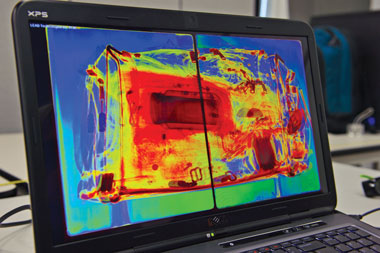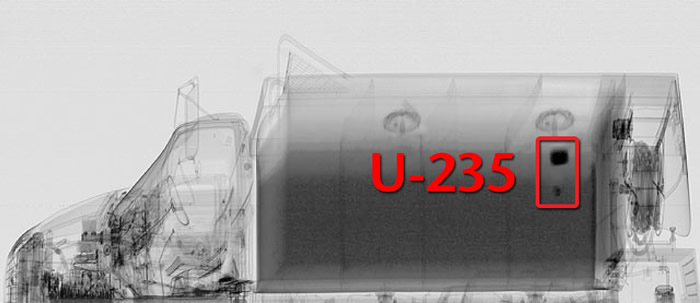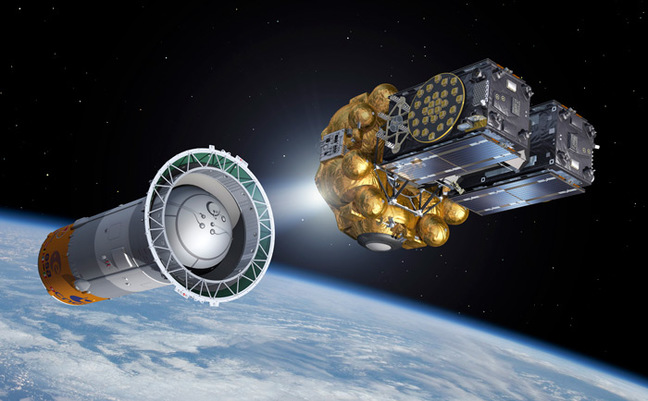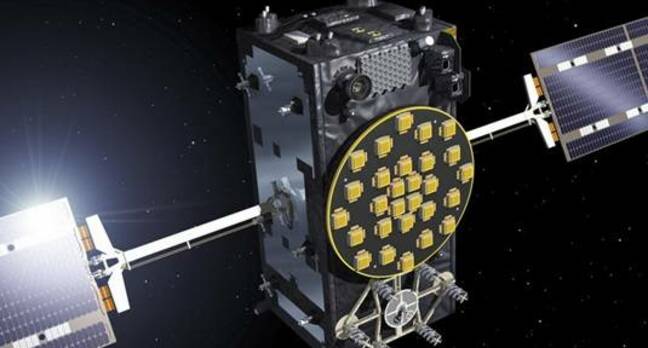As reported by The Next Web: Ok, this is cool. The latest version of Tesla’s software actually allows drivers to get out of the car and let the Model S do all of the work, driving itself with just a tap of the key fob.
Called ‘Summon,’ the feature allows Tesla owners to let the car park and back itself out of parking spaces at will. If the car is connected to a garage door through the ‘HomeLink’ connection, the car will also be able to operate that all by itself. So if you’re really over driving the extra few feet inside your garage or you’d just rather have your car ready to go in the morning, the Model S uses the myriad of sensors and cameras already built into the car to get the job done with no driver involved.
Plus, it just looks cool. Like James Bond cool.
The new update, v. 7.1, also features new restrictions to the car’s semi-autonomous ‘Autopilot’ feature to maximize road safety — particularly ensuring that the car does not exceed five miles above a given speed limit, and that the person operating the car must be in the driver’s seat. For those of you brave enough to take your hands off the wheel, you can do so with more safety involved.













